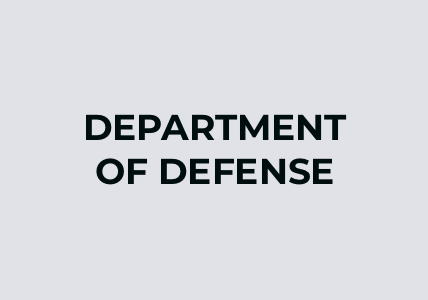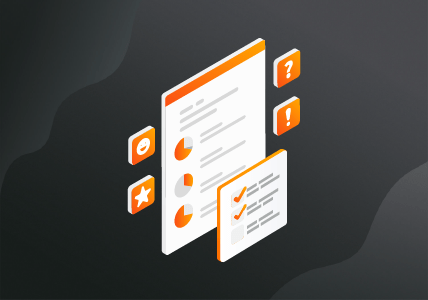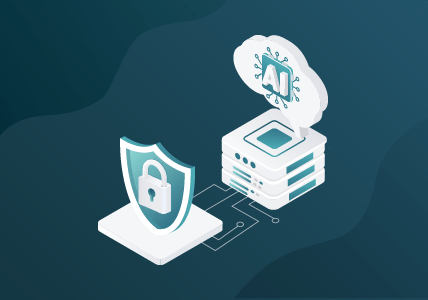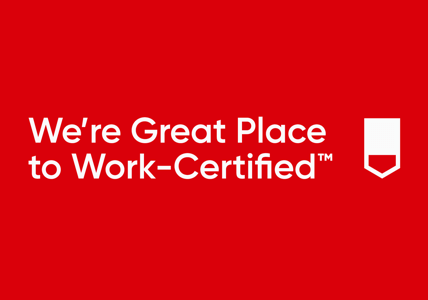Cloud Security Checklist
Looking to enhance your cloud security? This cloud security checklist is a comprehensive guide to help you remain proactive about securing your hybrid cloud environment. Read on for a complete list of steps to complete to protect your organization.
Key Takeaways
- A cloud security checklist helps you maintain control over your complex and dynamic cloud environments
- Work through these steps in order from greatest to least risk to address glaring issues first
- Enhance your threat protection with the Gigamon Deep Observability Pipeline, which provides a single, centralized view of all network activity at once
Why a Cloud Security Checklist Is Critical
As compared to traditional servers and storage environments, cloud environments are dynamic and complex. Security misconfigurations and oversights are the leading cause of vulnerabilities that allow for security breaches and cyberattacks.
To protect your organization, comprehensive cloud security is essential. A cloud security checklist helps your team ensure consistency, compliance, and comprehensive network visibility across your hybrid cloud environments.
Cloud Security Checklist: Core Categories
Ready to bolster your hybrid cloud security strategy? Follow this cloud security checklist to ensure maximum protection.
1. Identity and Access Management (IAM)
First, perform an audit of your identity verification and access management processes. If you haven’t done these already, it’s time to start:
- Implement least privilege access: Access to your cloud environments should always be given at the least possible level of privilege. Never give users access to anything that isn’t absolutely essential. This strategy reduces vulnerabilities in your cloud.
- Use multi-factor authentication (MFA): Utilize Zero Trust architecture across your cloud. This approach states that no user or application should be automatically trusted. Instead, each time a new user attempts to access your network, verify their identity using multi-factor authentication.
- Centralize IAM across cloud platforms: Centralize identity and access management (IAM) using a centralized identity provider or single-sign-on to improve security.
2. Data Protection
The next step on our cloud security checklist surrounds protecting your data. End-to-end data protection is essential for keeping your data safe and in compliance with regulatory requirements across industries and countries. Follow these steps:
- Encrypt data at rest and in transit: Data should be encrypted when at rest, like stored in databases, and in transit, when it’s moving between users or environments. A strong cloud security tool should provide comprehensive encryption capabilities.
- Use key management services (KMS): These cloud-based services manage data related to encryption and decryption through cryptographic keys. They create, securely store, and manage them throughout their lifecycle.
- Set up data loss prevention (DLP) policies: DLP policies are used to monitor, flag, and block the movement of sensitive data within emails, storage, and SaaS apps.
3. Network Security
Use this cloud security best practice on our checklist to enhance your network security and protect against unauthorized access and external threats.
- Configure firewalls and security groups: Cloud-native firewalls and security groups control inbound and outbound traffic. Use the principle of least privilege when configuring these services.
- Use private subnets and limit inbound traffic: Always deploy sensitive workloads to private subnets that aren’t accessible from the public internet.
- Secure VPNs or direct connect tunnels: Use secure VPNs and direct connect tunnels whenever connecting on-premises networks to the cloud. For enhanced protection, encrypt traffic and implement MFA.
4. Security Monitoring and Logging
With the help of proactive monitoring, you can detect threats early and maintain a strong security posture. This cloud security checklist step can help:
- Enable centralized logging: Activate and centralize logs from all cloud services and resources using tools like CloudTrail and Stackdriver. This unified data will help when performing security audits.
- Set up alerts for suspicious activity: Set up real-time alerts for suspicious behavior like unusual logins or sudden spikes in network traffic. Most tools should have built-in features to help with this hybrid cloud security best practice.
- Regularly review logs for anomalies: Perform regular reviews of your data logs, even if you have security measures in place. By identifying anomalies that have slipped through the cracks, you can find misconfigurations or gaps in your security.
5. Compliance and Governance
Depending on your industry, regulatory compliance may be essential. Be sure you’re upholding requirements with these cloud computing security checklist steps
- Map cloud controls to regulatory standards: Design your cloud security setup according to the frameworks you’re required to comply with, like GDPR, HIPAA, and SOC 2.
- Maintain an asset inventory: Keep a centralized inventory of all your cloud assets, including storage, databases, APIs, accounts, and more. Identify an owner for each resource.
- Use CSP security frameworks: Use tools like the AWS Well-Architected tool to identify and address gaps.
6. Application and Workload Security
Applications and workloads present prime targets for attackers. Secure them at every stage with these best practices:
- Scan code and containers for vulnerabilities: Use static application security testing (SAST) and container image scanning to detect and fix vulnerabilities
- Implement runtime protection for workloads: Use cloud workload protection platforms (CWPP) to monitor workloads for anomalies and malware
- Adopt DevSecOps practices: Embed security directly into your development, testing, and deployment processes, rather than tacking it on at the end
7. Backup and Disaster Recovery
When disaster strikes, it’s essential to have a plan in place. Be proactive with these cloud security assessment checklist steps.
- Automate backups and test recovery plans: Set up automated backups for all systems, databases, and workloads. Test your recovery plans to ensure you can quickly and accurately restore from these backups.
- Store backups in separate regions: In the event of disasters that strike an entire region, it’s essential to have backups stored in multiple regions to enable recovery.
- Monitor backup integrity and frequency: Just like it’s important to test your recovery plan, it’s important to test your backup integrity, too.
8. Cloud Migration Security Checklist
Whether you’re migrating from on-prem storage to the cloud or from one cloud to another, follow this cloud migration security checklist:
- Perform pre-migration risk assessments: Before moving workloads or data, check risks surrounding your security posture, regulatory compliance, and data sensitivity to identify potential vulnerabilities and map security controls
- Secure data in transit during migration: Secure data in movement with encryption like VPNs, TLS encryption, or validated transfer protocols
- Test security controls post-migration: After you’ve migrated, check all security controls and configurations. Run penetration tests to verify they’re working correctly.
How to Use This Checklist Effectively
Rather than following this cloud security checklist from steps 1 through 8, use these tips for your best possible outcome:
- Prioritize based on maturity level and risk profile: Evaluate your cloud security in terms of maturity and focus on the highest-risk, highest-impact areas first.
- Integrate into cloud security audits and quarterly assessments: Make audits a regular part of your cloud security processes. Perform quarterly assessments and update policies accordingly.
- Automate wherever possible using security orchestration tools: Performing these steps manually can result in a heavy lift. Instead, use automation to audit your cybersecurity whenever possible.
Conclusion
This cloud security best practices checklist is an essential resource for keeping your hybrid cloud environments safe. By proactively following these steps, you can minimize vulnerabilities and put systems in place to identify attacks before they occur. Discover how the Gigamon Deep Observability Pipeline can support cloud visibility and threat detection to keep your organization safe.
Frequently Asked Questions
What are the 4 C’s of cloud security?
The four C’s of cloud security are:
- Cloud: Your cloud refers to the cloud infrastructure provided by a CSP. This provides the foundation that your cloud security is built on.
- Cluster: Next, you have your orchestration layer that manages and schedules containers.
- Container: These isolated environments hold applications and their dependencies.
- Code: Finally, application code must be secured with secure coding practices, vulnerability audits, and dependency management.
How do I best prepare for cloud security?
The first step in preparing for cloud security is auditing your current security practices. Doing so can help you identify gaps and vulnerabilities, which you can focus on when searching for new cloud security tools.
How do I conduct a cloud security assessment?
To assess your cloud security, begin by defining the scope of your assessment. Identify the areas of your cloud environment you’d like to assess and establish goals. Then, collect all relevant data, including logs, audit trails, security controls, configuration data, and more.
Review these for potential risks, then evaluate your security measures and how they address these risks. Flag any shortcomings. Finally, develop a plan to address these concerns.

CONTINUE THE DISCUSSION
People are talking about this in the Gigamon Community’s Security group.
Share your thoughts today








 Dan Daniels
Dan Daniels